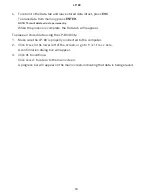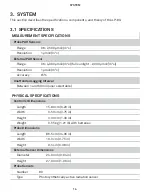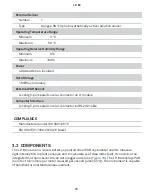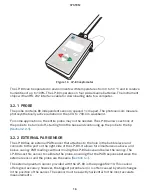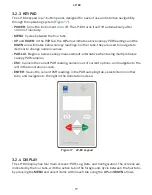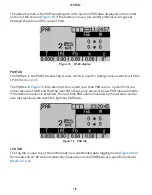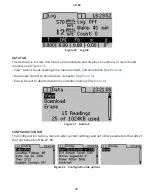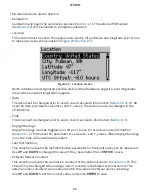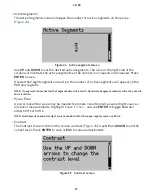
6
OPERATION
SAMPLE SIZE
When evaluating experimental protocols for measuring average intercepted PAR and
determining average LAI for a large area, plan for a sufficient number of samples and
sampling locations. This will reduce errors caused by canopy structure variations.
ACTIVE PROBE SEGMENTS
When evaluating discontinuous canopies or canopies with definite clumping, the LP-80 can
be configured such that its active sampling area is reduced or you can download the data
collected by the probe segments. In this way, information can be gathered that better
describes the changes in canopy structure with regard to location. Reduce the sampling
size of the probe using the Set Active Segments option in the Configuration tab. View the
individual PAR readings for each of the eight probe segments by downloading the stored data
to the computer.
The number of active segments in the probe can also be changed to limit the number
of active sensors along the probe or to reflect spatial changes in the plant canopy
(
). This is useful when evaluating discontinuous and irregular canopies.
SAMPLING IN ROW CROPS
When using the LP-80 to measure in crop rows, take measurements in a way to give a good
row-to-row representation of the entire below-canopy PAR environment both under the
plants and between rows. METER suggests either of the sampling regimes below, where the
probe either extends from mid-row to mid-row (
) or extends from mid-row to the
middle of the open space between rows (
), depending on row width and canopy size.
Figure 6 The two ends of the LP-80 probe are in the middle of each row, getting a good representative
sample of the entire area below and between rows

















